
In the Greek tragedy of Agamemnon, Cassandra, the princess of Troy, is given the ability to see into the future but is cursed to never be believed. In the tragedy, Cassandra knows of the impending doom of all she holds dear, her own life, the lives of her family, and indeed Troy itself. But she was powerless to stop it. No matter how much she implored those around her towards action… she was ignored.
The story of Cassandra can be seen as an allegory for actionable knowledge that, for one reason or another, is ignored to tragic ends. This dynamic of ignoring accurate predictions of the future is more prevalent now than ever before. In the 21st century, people don’t pay much attention to dodgy prophecies from temperamental gods or elaborate spooky rituals. Instead, the world has millions of the best and brightest scientists making predictions based on empirical evidence, complex technology, and scientific consensus. Our predictive ability has gotten humans to the moon, has prevented hundreds of deadly diseases, and has made it possible for me to easily share this thought with you now. Yet, the curse of Cassandra lives on and we, as a result, all live in our own modern tragedy.
In the early days of 2020, our lives changed irrevocably when a highly contagious novel coronavirus started spreading around the globe. A year later there have been 527,00 excess deaths in the US as the result of this pandemic, and globally over 2.5 million deaths have been attributed to COVID-19. This happened in the final year of the Trump administration. Two years prior to the pandemic, the Trump administration disbanded the pandemic response team (though some team members were reassigned to other roles). The pandemic response team was put together by the Obama administration explicitly in anticipation of a global pandemic.
Of course, President Obama didn’t have the gift of prophecy, he was reacting to other infectious diseases that impacted the US and the world during his presidency, H1N1, Ebola, SARS, and ZIKA. While none of these 4 diseases became as big of a problem as the novel Coronavirus–in terms of number of deaths or infectivity–they signaled the possibility of a global pandemic. But decades before the slow reactions of politicians, scientists had been sounding the alarm.
For example, in the mid-1980s a leading influenza vaccine researcher named Edwin Kilbourne participated in a virology conference, and proposed a highly contagious virus with scary properties–actually far worse than those of the coronavirus–that would wreak havoc on the globe. 30 years later, prophecies of a global pandemic reached a fever pitch in the 2010s. But, a consensus had been building for years in the public health and virology community that a virus with the right characteristics to lead to a global pandemic will inevitably emerge. Experts implored us to get prepared right away.
“Agamemnon is coming! Troy will fall and we will all die unless we do something now!” said the prophets.
And some did listen! There are plenty of success stories from countries who successfully navigated the global pandemic by heeding scientific expertise. Some countries, like New Zealand and South Korea, are all but back to normal (minus the usual influx of tourists) while comparably wealthy countries like the US and the UK continue to have massive spikes of infections. In other words, some saw past the curse and escaped Troy, while some are still not listening to reason as Troy burns down around them.
But the Coronavirus pandemic of 2020 is just a very obvious example of the much larger problem. There is a curse on science, where scientific consensus emerges that identifies a problem and solutions to that problem and then these prophecies go unheeded. I will quickly explore two general types of cursed scientific prophecies. The first category– the “easy problems”–of cursed scientific prophecies are of an almost banal nonpartisan nature. The second category–the “hard problems”–are those prophecies that found willful partisan political opposition.
The “Easy” Problems
Food waste
An estimated 40% of food that is grown in the US for consumption is wasted. This is the equivalent of about 1,250 calories per day per American, or 400 pounds of food per person annually. This is a tragic injustice given that an estimated 37 million (1 out of every 9) Americans experience food insecurity. It is an environmental tragedy as well, accounting for more than one quarter of total freshwater consumption, and roughly 300 million barrels of oil per year. There is a scientific consensus that A) this is a massive problem and B) the solutions are known. Nevertheless, progress to solve the problem of food waste remains slow
Antibiotic resistance
Antibiotic resistance occurs when disease-causing microorganisms (i.e. bacteria and fungi) evolve the ability to survive treatment from antibiotic drugs designed to kill them. The World Health Organization (WHO) describes antibiotic resistance as “one of the biggest threats to global health, food security, and development”. This danger has been discussed as early as 1945 when Alexander Fleming raised the alarm, and the problem has only worsened. To some extent, resistance is naturally occurring, but it is exacerbated by sparse regulations in many countries, inappropriate prescribing, and overuse in agriculture. These issues continue, despite WHO guidance on how to prevent and control the spread of antibiotic resistance.
To be clear, I don’t think these are “easy” problems in that solving them would be simple and quick. Rather, I mean that they are problems that a) have been documented for decades, b) have readily available solutions that are under-utilized, and c) do not have an obvious political or ideological opposition (debatably at least). These problems may not create the attention-grabbing headlines they deserve, but they don’t exist in some political or scientific grey area; these problems are widely acknowledged. Nor do solutions require a vast renegotiation of the political system. And yet, over the decades, scientists raising the alarm (and providing solutions) simply hasn’t led to the resolution one would expect of a constructive society that reacts to actionable scientific knowledge. Sadly, it only gets worse from here. If these “easy” problems seem difficult to address, imagine the difficulty that emerges when those in power disagree on whether the problems even exist or deserve to be addressed. In other words, think of how much more intractable these problems become when they are politicized.
The “Hard” (Politicized) Problems
Environmental degradation
This is a massive subject that I will quickly overview by noting several “sub-crises” under this umbrella.
Greenhouse Emissions
The vast majority (estimating the exact percentage is a bit complicated) of scientists agree that climate change is human-caused as a result of the explosion of greenhouse gas emissions (and other human activities). While the impacts of climate change on sea-levels, ocean acidity, human health, weather, and food production (to name a few) are open areas of research, there is a consensus (as articulated by the Global Commission on Adaptation) that the response from the world’s governments are “gravely insufficient”.
Plastic pollution
There is a consensus that the estimated 4.8 – 12.7 million metric tons of plastic added to the oceans annually is having a devastating effect already and will cause irreparable harm to the world’s ecosystems. This is a global problem that no one country can solve on it’s own, which has led scientists to call on policy makers to form international alliances to address this problem, a step that has not been taken by the US or the UK.
Biodiversity loss
We are living through the 6th mass extinction event in the earth’s history, but this time it is largely due to human activity. The extinction rate of species is hundreds or thousands of times faster than the estimated “background” rate seen over the last tens of millions of years. A recent UN report describes the “overwhelming evidence” of this “ominous picture” and provides a road map of the “transformative change” needed to address this issue.
Poverty
Again, this is a massive topic with a mountain of research on a global level, within specific countries and within specific communities around the world. I will provide only a brief summary of poverty in the US. We know that child poverty costs around $1 trillion per year, unstable housing will cost an estimated $111 billion over the next ten years, the cost of food insecurity alone was $178 billion in 2014, and in the year 2000 172,000 deaths could be attributed to individual- and area-level poverty. According to the U.S. Department of Health and Human Services, 12% of the US population (40 million people) in the US live in poverty. But this is a low estimation. The international Organisation for Economic Co-operation and Development (OECD), estimates that 18% of Americans (~59 million people) live in poverty (meaning they have less than half the American median income). By looking at other countries like Denmark and Finland where only 5-6% of the population is in poverty, we can see that our level of poverty is not an intrinsic aspect of human society. Indeed, of the 37 countries in the OECD, 35 of them have less relative poverty compared to the US. It is for these reasons that the US government has been called on by the UN and Human Rights Watch to address poverty. Furthermore, the American Psychological Association has made several recommendations for how to address poverty in the US, for example by raising the minimum wage (which likely will not occur in 2021).
Inequality
Economic inequality, meaning the size of the gap in incomes and wealth between different economic class groups, is a distinct problem to poverty that also predicts social problems. Inequality is easily seen by statistics like: 80% of the wealth in the US is held by 20% of it’s wealthiest citizens. I’ve discussed the link between inequality and health and social problems in a previous article, but the gist is that economic inequality predicts lower life expectancy, math and literacy skills, trust, and social mobility as well as higher infant mortality, homicide, imprisonment, teenage births, obesity, and mental illness. In other words, the harms of economic inequality are very clear and solutions are available.
Curses aren’t real, so why is this happening?
As with the “easy” problems, the “hard” problems are well-understood and the solutions are readily available. However, politicization of these issues adds a deep layer of intractability to these problems. In part, politicization is to be expected because there are extremely influential vested interests in environmental and economic issues. There is a long history of corporations opposing environmental regulations intended to protect human health and the environment. Similarly, campaign contributions and lobbying can facilitate the development of pro-corporate economic policies at odds with egalitarian policies.
Another reason for the intractability of politicized problems is ideology. In general, political conservatism in the US is related to ideals of individual freedom, private property rights, limited government, and promotion of free markets. Political liberalism in the US is related to collective rights, market regulation to protect citizens and public goods, extending rights to underprivileged groups, and expanding the social safety net. This ideological framework can explain why, research has found that conservatives tend to attribute poverty to self-indulgence and laziness, while liberals tend to view poverty as a result of a poorly functioning society. Similarly, other research has found that conservatives are more likely to tolerate and justify inequality and deny or minimize problems associated with high inequality. Similarly, liberals and conservatives differ on climate change as well, such that liberals are more likely to recognize the problem and support policies that address climate change.
Every specific instance of the phenomenon we are exploring has it’s nuanced explanation, but there are general tendencies that contribute to societies lack of response to scientific prophecies. One tendency is that humans are just not good at long-term decision-making, particularly when the risks we need to avoid are in the distant future (or in a far away place). A second tendency is that we often assume someone else will take care of a known problem (the so-called “bystander effect”). Another tendency is the sunk cost fallacy, or sticking with something that doesn’t work because we have already invested so much into it.
To some extent scientists are responsible for science getting ignored. Setting aside the racist, sexist, and homophobic roots of scientific institutions (that have sown seeds of distrust in specific communities), there have been many high profile instances of “science getting it wrong”. Granted, this is most often science journalists getting the science wrong, but scientists get things wrong as well, like during the pandemic when the public was initially told not to wear masks and then the advice shifted. There is a fuzzy dividing line between actionable solid science, and science that isn’t actionable and solid. Unlike the fictional predictions of Cassandra, the predictions of science and the proclamations of scientists are not divine Truths (with a capital T). Yet, for all their fallibility, scientific predictions–particularly those with the weight of expert consensus behind them–represent the peak of human knowledge on the subject. While these predictions may shift slowly with new scientific investigation, those of us outside of these areas of expertise are best served by humbly accepting this gift of knowledge.
It is important to state unequivocally: science is no replacement for politics or policy-making. As recently argued by Dr. Carlo Rovelli in Nature Materials, politics requires the navigation between competing values and interests and science is not suited to replace this process. That being said, in a world without divinely granted gifts of prophecy, science is the best tool we have for predicting the future, for identifying problems in society, and for developing evidence-based solutions. Thus the default position of politicians should be to often consult with scientists and give heavy consideration to scientific evidence for or against a policy. Furthermore, policy-makers should be held to account by the public and journalists when they take policy steps that are counter to the scientific consensus. Science is the best method we have to make accurate predictions of the future and members of the public and policy-makers ignore the warnings and prophecies of science at our collective peril. We live in an age of truly awe-inspiring scientific prophesizing beyond what was anticipated by the mind that dreamed up the Princess of Troy; let us act like it.
Peer edited by Aditi Kokothari
Follow Manuel Galvan on Twitter and read more of his writing on the Pipette Pen and on his blog, The Science of Social Problems. Or check out his new Youtube Channel with the same name!

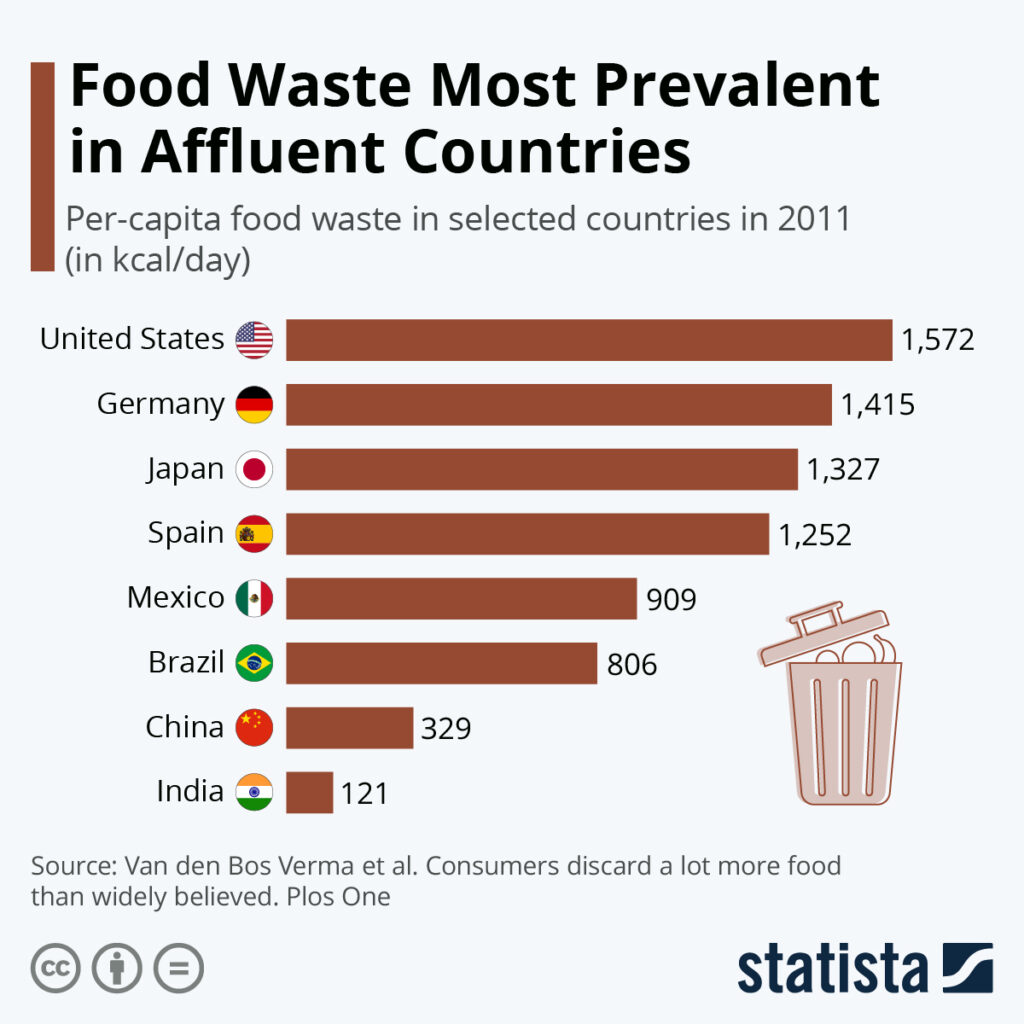
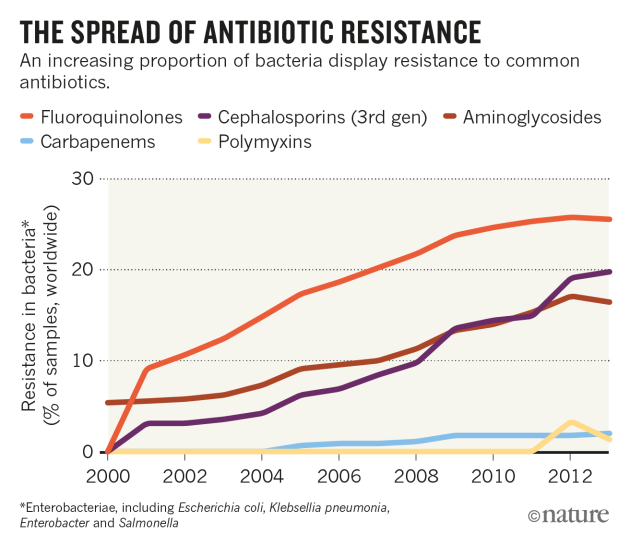
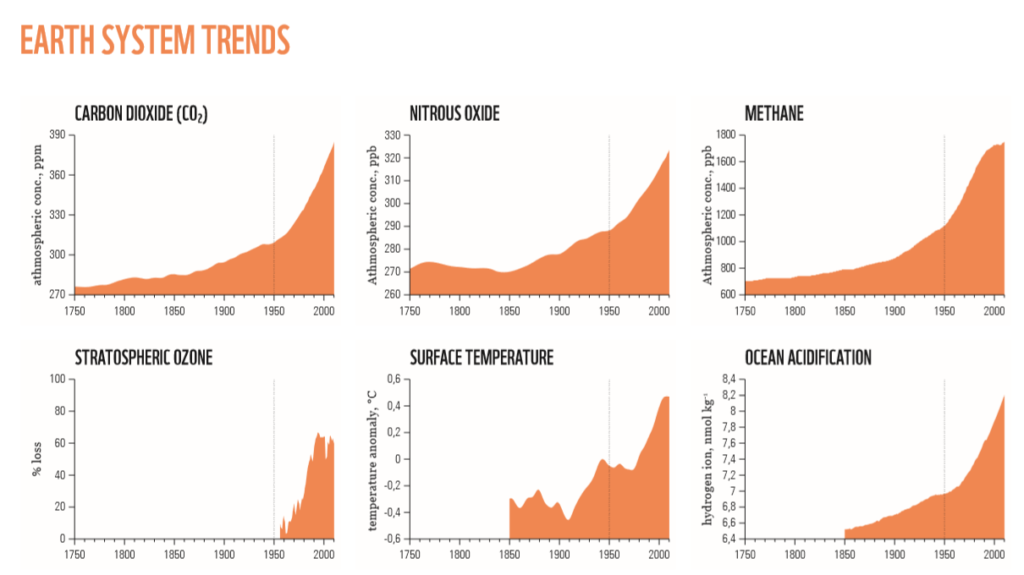
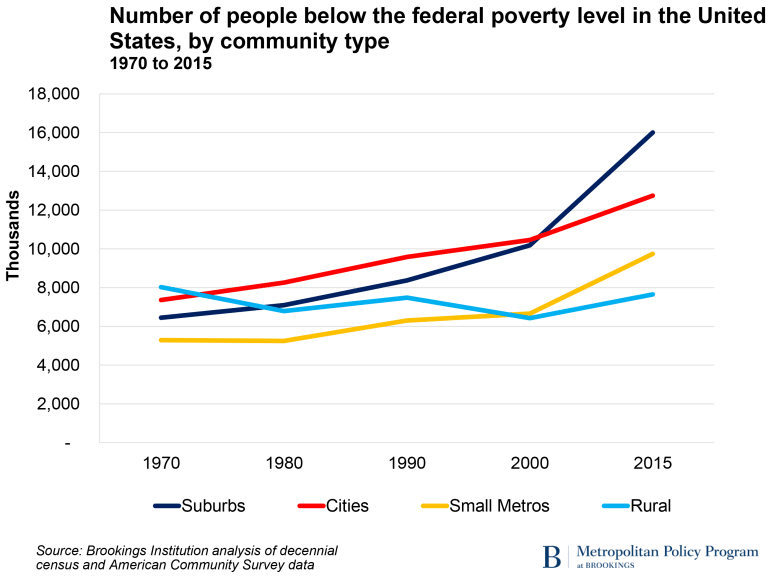
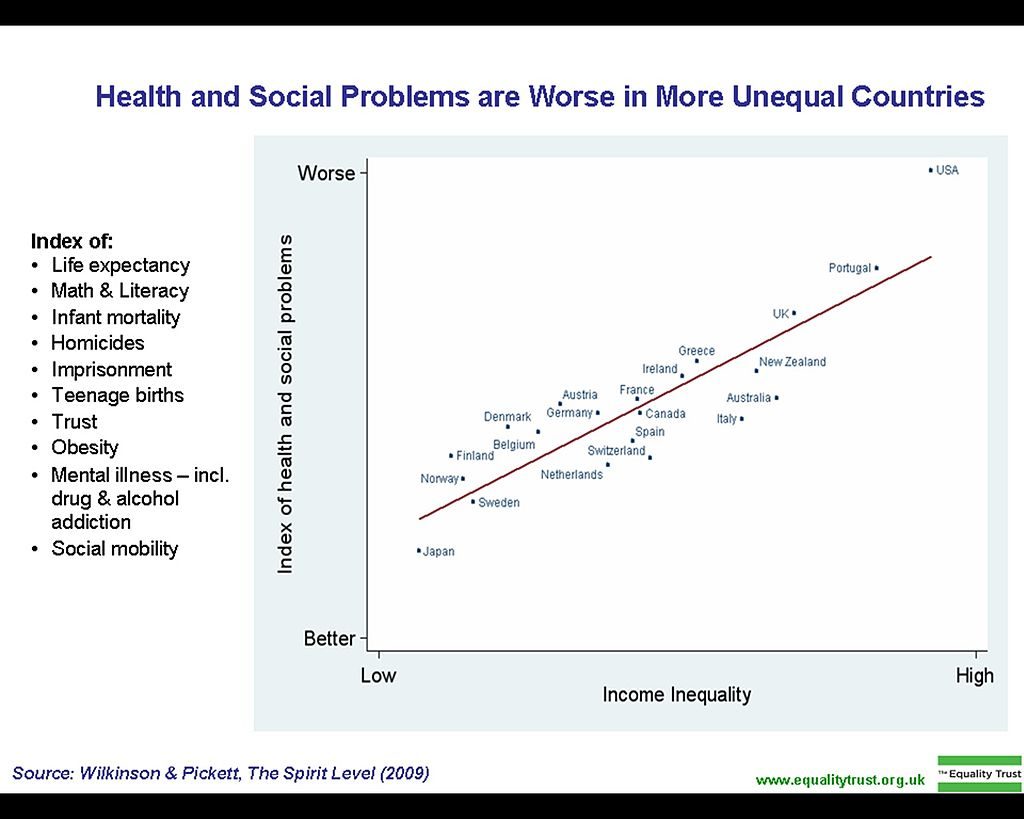
Love this post!
This is such an amazing blog post!